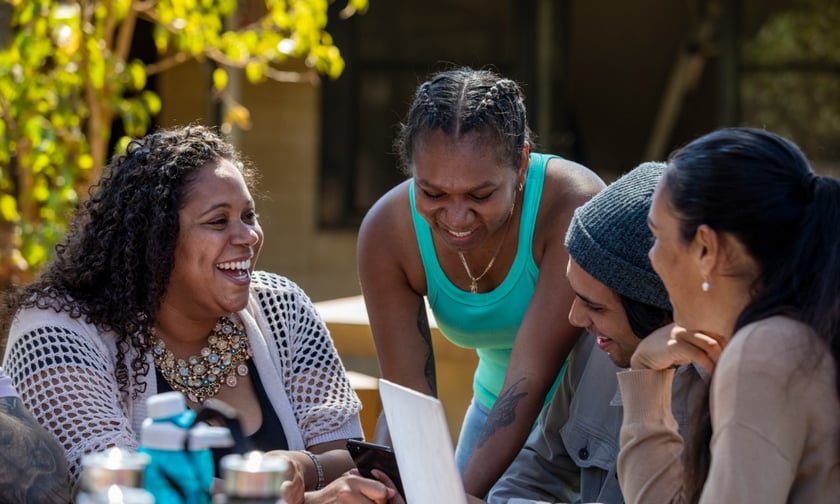

Movement between remote communities and urban centres is vital for many Indigenous Australians, but new AHURI research finds that these mobility patterns can add pressure to already underfunded infrastructure and services in remote communities.
The study, Indigenous mobility and its impact on remote infrastructural needs: an exploratory study, was conducted by researchers from the University of Adelaide, Curtin University, University of Tasmania, Menzies School of Health Research, University of Sydney, and Macquarie University.
“During the COVID-19 pandemic, Indigenous populations who were seen as being at risk of higher rates of infection and more serious disease than non-Indigenous populations were encouraged to return to remote communities,” said lead researcher Megan Moskos, of the University of Adelaide.
“This policy of return to country led to high expectations for remote communities to meet the often diverse and complex needs of returnees, placing further strain on existing remote community infrastructure and services.”
Temporary mobility—movement that does not involve a change of usual residence—is caused by various factors, including participating in cultural business, attending funerals, travelling during school holidays, coping with seasonal weather patterns, and participating in sport and leisure activities.
Longer-term mobility is influenced by access to housing, infrastructure, services, employment, and family conflict.
Population projections suggest the Indigenous population will continue to grow strongly in outer regional, remote, and very remote Australia (by more than 10% between 2021 and 2026). This growth is concentrated in older cohorts (from age 45—49 years and older), indicating a rapidly ageing Indigenous population. This will impact the type of housing, infrastructure, and services needed in remote communities.
The relationship between Indigenous mobility and adequate services is two-way.
Population movement impacts the future funding and provision of vital housing, infrastructure, and services in remote communities.
Long-term absences from communities jeopardise the future availability of services and put the sustainability of remote communities at risk.
Conversely, when key infrastructure and services are available - such as sufficient housing, adequate water and power supply, and access to healthcare, aged care, education, and community services - people may choose to remain living in the country longer.
“Accurate and more detailed information about population mobility is essential for evidence-based infrastructure and service provision in remote communities, including the collection of data that can capture shorter-term mobility patterns,” Moskos said.
The AHURI research also identified underlying resourcing and governance arrangements that can enable more appropriate provision of priority services and infrastructure such as housing, aged care, healthcare, education, and essential infrastructure (power and water) within remote communities.
Understanding Indigenous mobility patterns is crucial to improve infrastructure and services in remote communities. This requires better data collection and resourcing to ensure sustainable and adequate support for Indigenous Australians.
Get the hottest and freshest mortgage news delivered right into your inbox. Subscribe now to our FREE daily newsletter.
